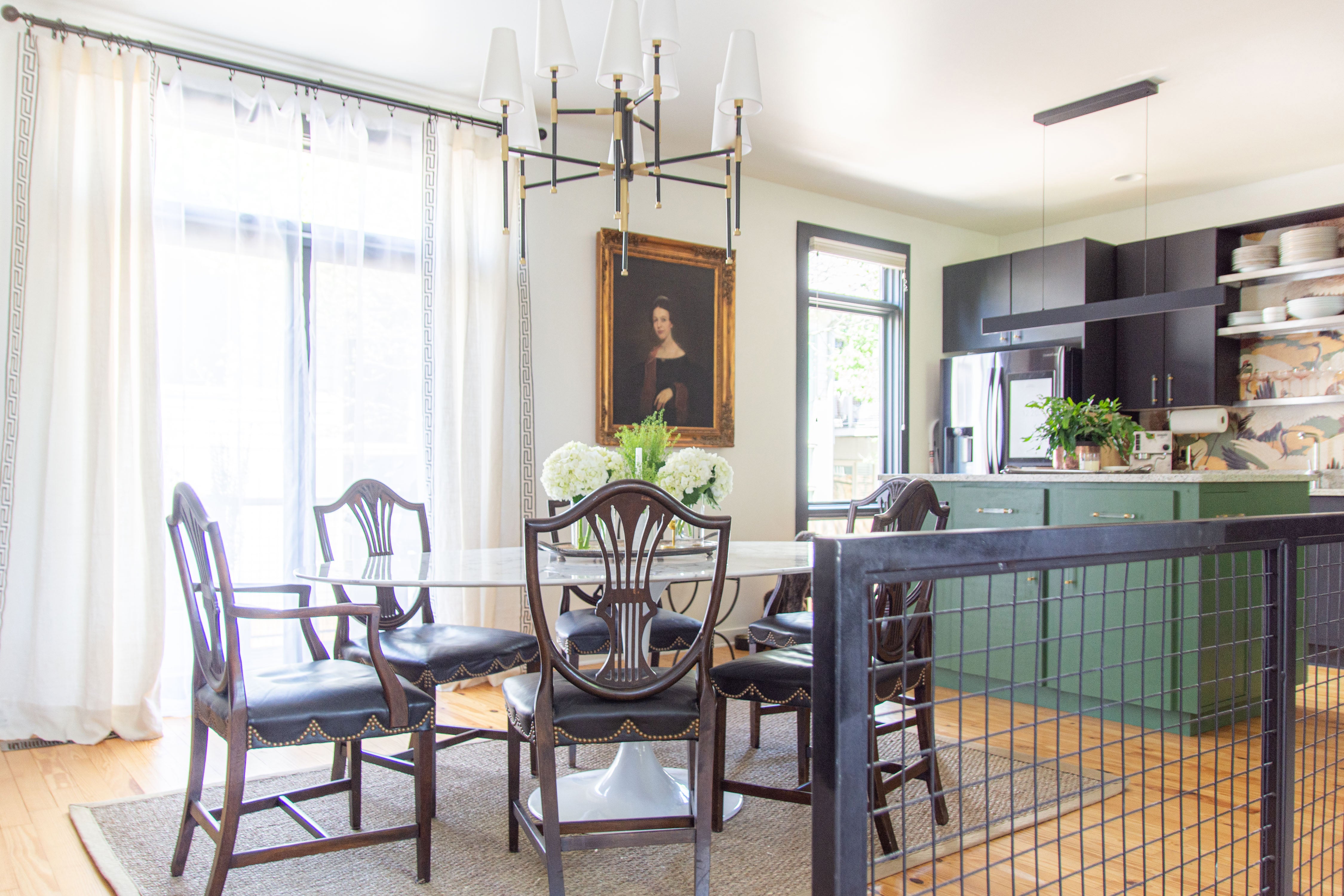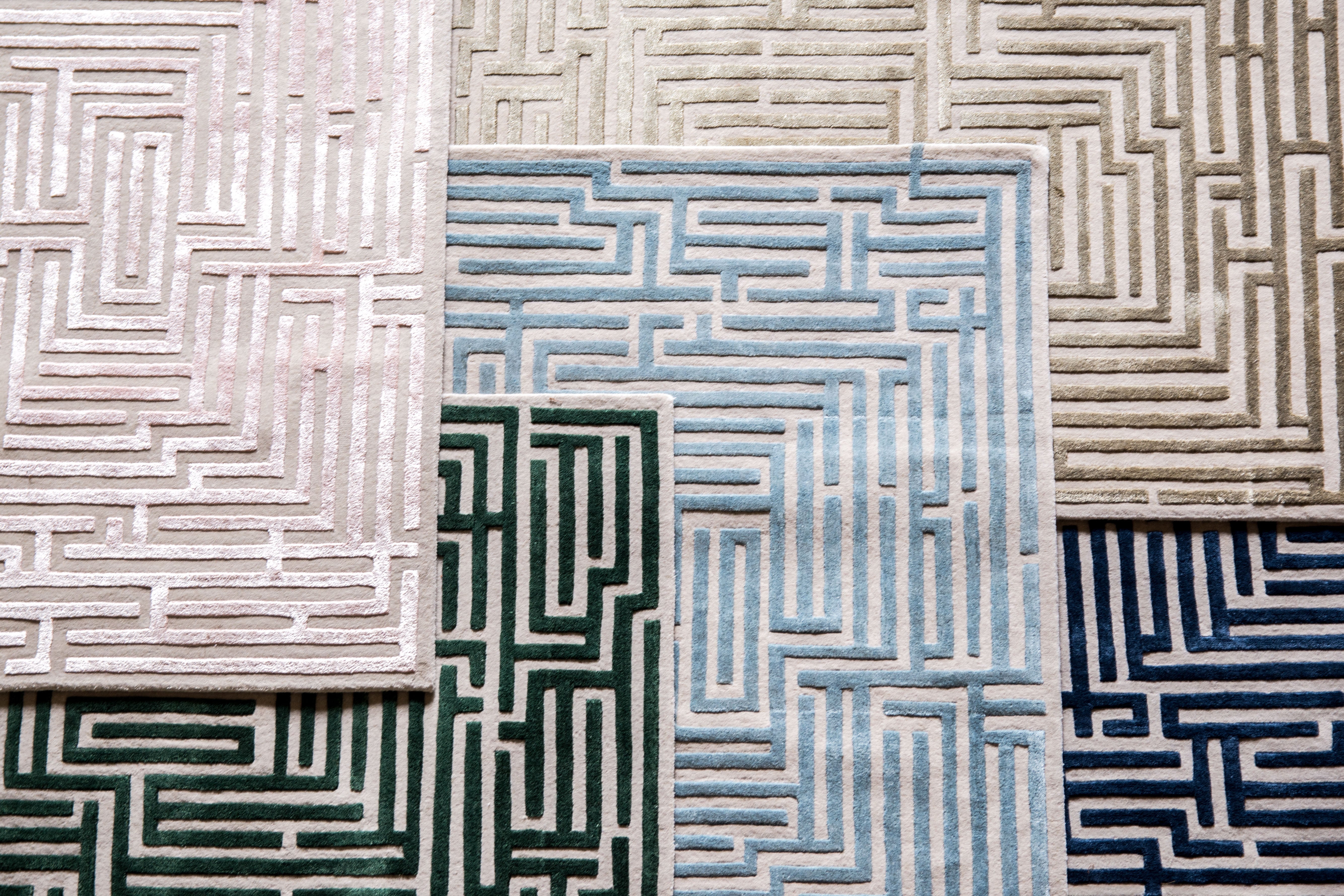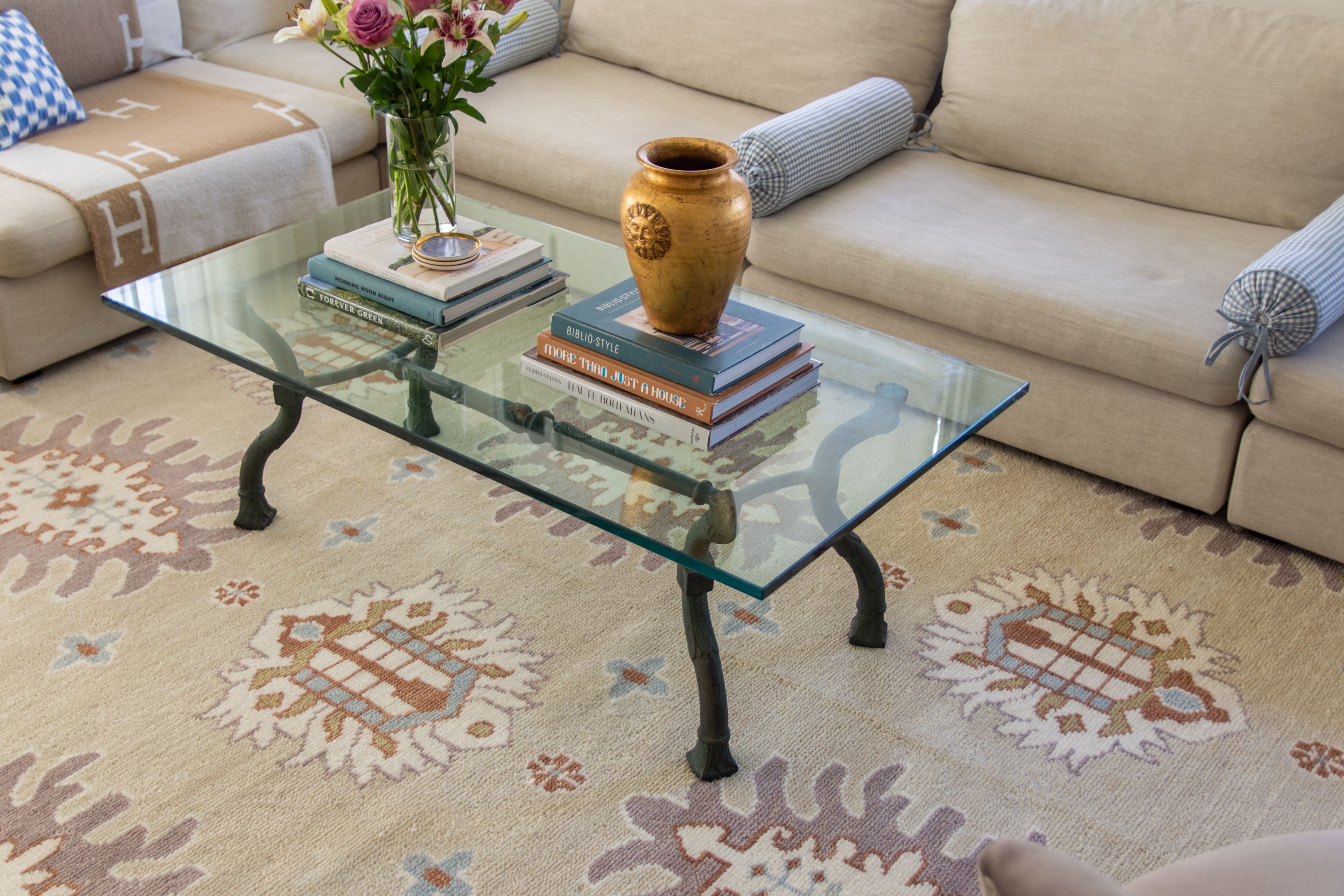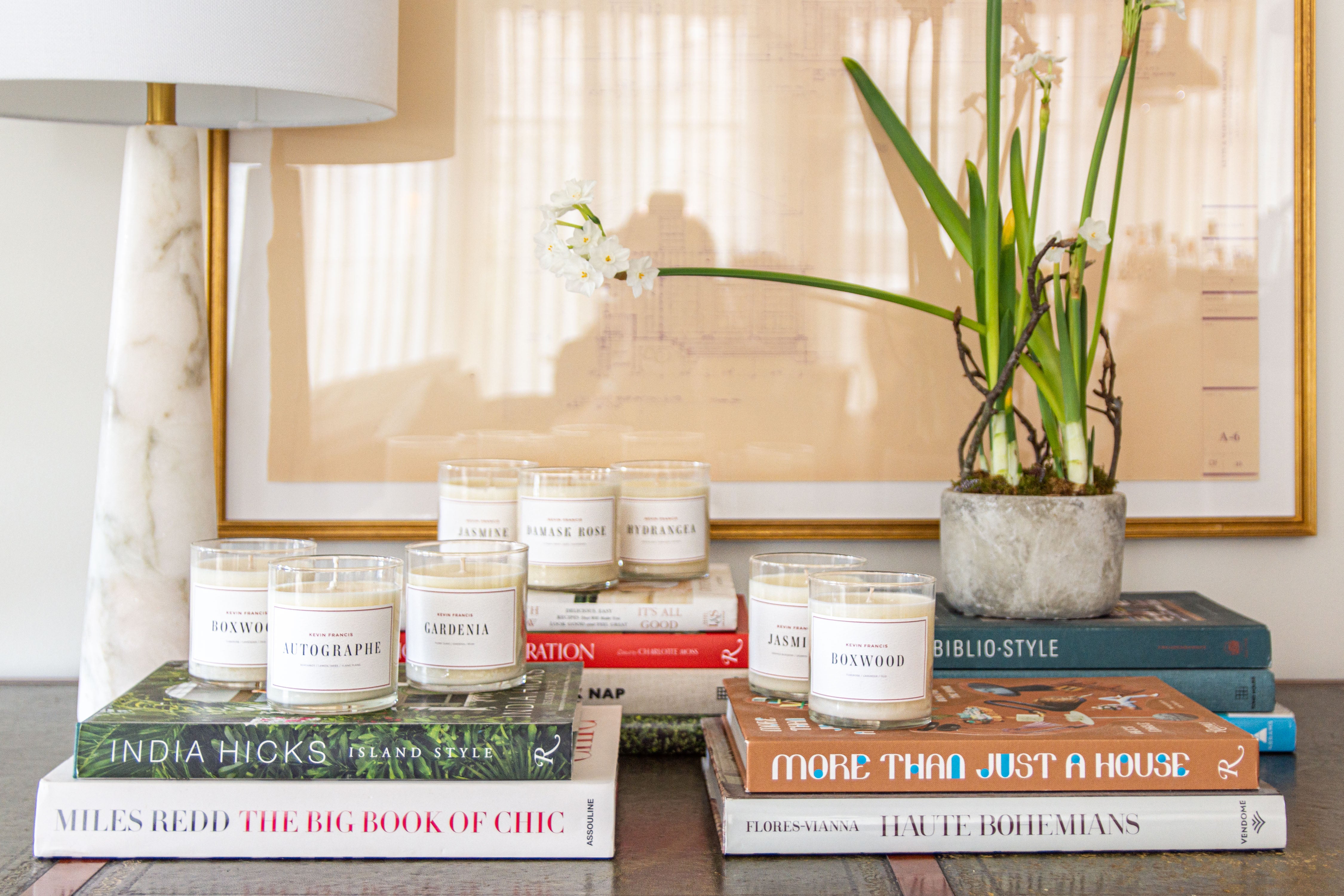Designing Your Dream Home: Key Considerations for New Buyers
It's okay to feel satisfied with your new home’s original features and functionality. However, you can still personalize it by designing it as you deem fit. Designing your home to suit your preferences and tastes can be more fulfilling.
Thankfully, there are numerous ways to design your new home, giving it a more personal touch and the spark it deserves.
Determine Your Budget
Understanding your financial abilities can help you work within your budget. A loan can be an ideal financing option for some new home buyers in the USA. Some states like California, Nevada, and Arizona have lenient lending requirements, which can help add to your budget.
The loan limits can be favorable, and FHA loan limits in Arizona are an ideal example. In counties like Apache and Cochise, FHA loan limits can be about $958,350, which can be a favorable addition that may give your budget a shove.
Creating a more realistic home design budget and sticking to it can help you avoid overspending. However, you must comprehensively understand your design needs, labor, permits, materials, and the type of finishes you want.
Assess the Space and Plan for Functionality
New home spaces require proper planning to ensure they're functional and comfortable. Once you've set your budget, deciding the features to include and maximize your new home's space may be a piece of cake.
Ensure you design your home with a layout that facilitates traffic flow, including movements between rooms and access to your backyard and outdoor patios. Prioritize high-traffic areas like the living room, kitchen, and entryways, ensuring no obstructions hinder your movements.
Don't also forget to incorporate plenty of storage in your new home to keep it clutter-free. Besides, the doorways should be more expansive, and the showers should be barrier-free to ensure easy accessibility. You can also go smart by integrating technology by setting room for smart lighting, thermostats, aircon, and security systems.
Choose a Color Scheme
Colors create unique themes and vastly influence their aesthetics and coloration is an important part of home design. When picking your colors, reflect on the personality you want it to represent and the mood and atmosphere you want it to create in your new home.
It's good you maintain a consistent color palette throughout the house. Sticking to one color creates harmony and flow, and mild colors can be great. If sticking with one isn't your thing, you can still use complementing colors that combine well. You can add an accent wall with a bold color to create a catchy focal point and add a little creativity.
If possible, test paint colors before committing to one. Testing can help you avoid patching colors you feel don't resonate with the flow and pattern that other elements create in your home.
Consider Sustainability and Energy Efficiency
Modern homes have adopted the sustainability trend, and eco-friendly homes are becoming the norm. Therefore, incorporating energy-efficient elements like heat insulation systems and energy-efficient windows and doors can be more thoughtful. Modern HVAC systems and solar-powered lights can profoundly contribute to sustainability.
Your watering system should also be efficient in avoiding waste. Low-flow faucets and showerheads, and water-efficient dishwashers may be thoughtful additions.
A good rule of thumb is to pick appliances with a high energy efficiency rating, like Energy Star-certified products. These products meet strict energy guidelines that the Environmental Protection Agency (EPA) sets.
Customize the Lighting
You can cleverly combine artificial and natural lighting to create a more pleasing ambiance. While maximizing windows may advance your sustainability goals, they can also allow sufficient light inside. Skylights and light tubes can illuminate your home's darker areas, including closets and hallways.
Artificial layered and ambient lighting can also accentuate your new home and give it a unique, exotic feel. You can also place accent lights to highlight artwork and architectural work. Task lighting like chandlers hovering over dining tables and reading lights on home office desks can be impeccable additions, too.
Don't forget to install dimmers to adjust the light intensity and duration. Lighting controls can also be great integrations for convenience and energy efficiency. If you can, incorporate outdoor lighting for safety and security. Consider strategically repositioning them to enhance your outdoor environment if they're already in place.
Determine Future Needs
When designing your new home, assessing your future needs can be thoughtful. Flexible room use and open floor plans can make your spaces more adaptable. You can create your guest room to be flexible enough such that it's easy to convert it into a home office. Movable partitions and flexible furniture arrangements can make your home even more adaptable.
It’s also thoughtful to consider your older family members and accommodate them accordingly. Ensure your hallways are wide enough to accommodate walkers and wheelchairs. The door handles can be lever-style, and install rocker light switches to enable effortless access.
Don't forget bathroom safety as well. Bathrooms could be safer if you install non-slip floors and walk-in showers. Shower seats and benches can also help you plan for the long term if you’ve planned to retire and spend your golden years in the house. Consider family changes and ensure you plan for extra members coming in as your family expands.
Conclusion
When designing your new home, ensuring its design plan suits your taste and preferences is good. Lighting, color, and functionality can create your dream home if you know the right button to push. You can also plan your home designs with sustainability in mind to make them eco-friendly.










